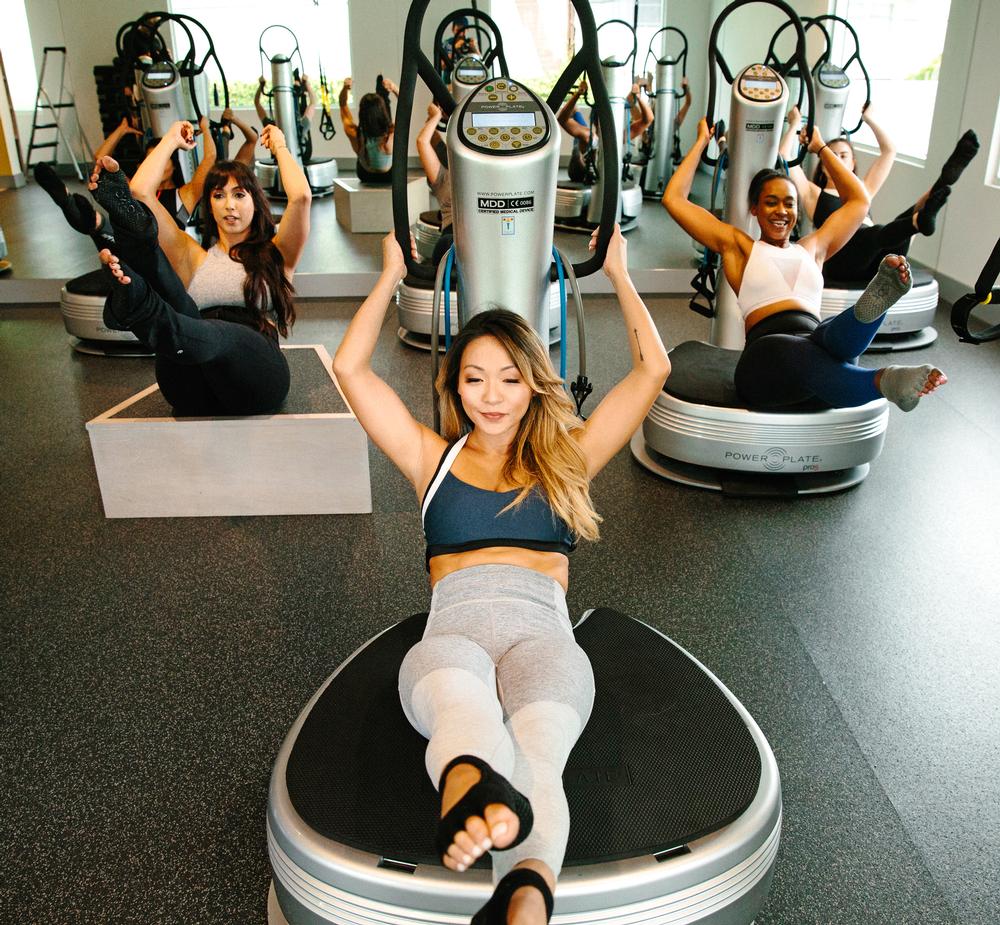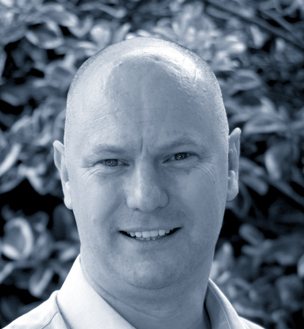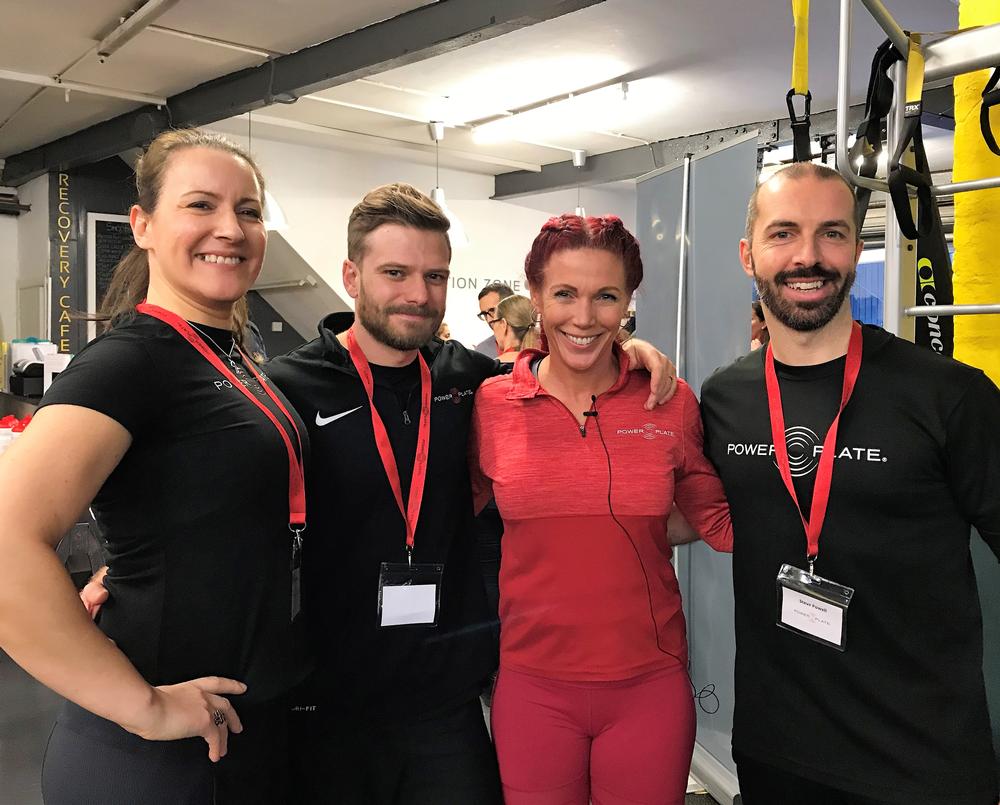The rapid development, disruption and diversification of the fitness market has inspired Power Plate to help its customers understand where growth is coming from and why, as well as what owners and operators can do to compete.
In his keynote speech, Minton shared statistics from the latest reports into the size and scale of the UK fitness market, which has 9.9 million members across 7,038 facilities and an estimated market value of £4.9 billion in 2018.
Minton went on to identify an industry blind spot – the effective use of web, apps and social media platforms. Cue a new solution that will be launched soon by TLDC – the Social Fitness Index; a social listening tool targeted to the fitness industry.
This will give the ability to understand what resonates with members and what is trending in real-time, as well as insights into brand performance, ranking, content, keywords and platform preferences.
Customer focus
Understanding and targeting customers effectively was a continued theme for Minton. With 84 per cent of the population living within two miles of a public gym and 83 per cent living within two miles of a private health club (not to mention the ever-increasing popularity of at-home solutions), how can owners and operators cut through the competition?
Segmenting by age and location is nothing new but what about segmenting by behaviour?
This was also a hot topic in the presentations of Bedford and Power Plate’s business development expert, Julie Riker. Bedford discussed the blurring lines around what facilities offer – segments, sectors and services are all changing and the way we sell, operate, retain and measure needs to change around them.
He identified a number of key groups; ‘FIT Gen’, which is made up of 25- to 34-year-olds “who are constructing their own identities more freely than ever around varied exercise experiences – in and out of the gym”; ‘Wellthy Gen’, those aged 35-44 “living an interconnected holistic lifestyle to enhance their wellbeing”; and ‘Strong Women’ – 25- to 44-year-old females who build their physical strength as a way of constructing identities and communities”.
These segments or ‘tribes’ demand different solutions, with experience increasingly becoming the product. HIIT and Cross Fit-style studios, along with boutiques, are continuing to fuel growth, while home workout offerings such as the Daily Burn can retain ‘members’ without any need for a physical space – “a club without a club”, as Bedford put it.
Emotional archetypes
Riker also covered how emotional archetypes drive consumer choice; including training preferences.
By mapping considerations such as social, motivational and accountability drivers, she explained how Power Plate’s Small Group Training programmes (Burn, Strong, X and Zen) have been developed using research and analysis into how diverse personalities and behaviours determine exercise choice. These programmes also deliver against key industry trends such as HIIT, body weight and hybrid classes to provide a free, innovative, total solution on a rolling basis for customers.
Riker said Power Plate is using small group training to deliver results for customers such as Plate Fit in Los Angeles – a chain of boutique Power Plate studios.
Her data also demonstrated the link between member engagement and retention and how small group training can help deliver this.
NEW PARAMETERS
Bedford went on to highlight that the way in which health and fitness operators measure retention in clubs is now changing in a number of ways.
He says: “We need to think in new ways about active users, valuable customers, lifetime value and revenue per visit.”
As the market continues to fragment and diversify, there’s a great deal for owners and operators to consider in order to navigate the changing landscape and position for success.
Minton says that the opportunities are there and growth is happening, yet tomorrow belongs to those who can hear it coming; so it’s time to look at using these insights to get ahead.



























































